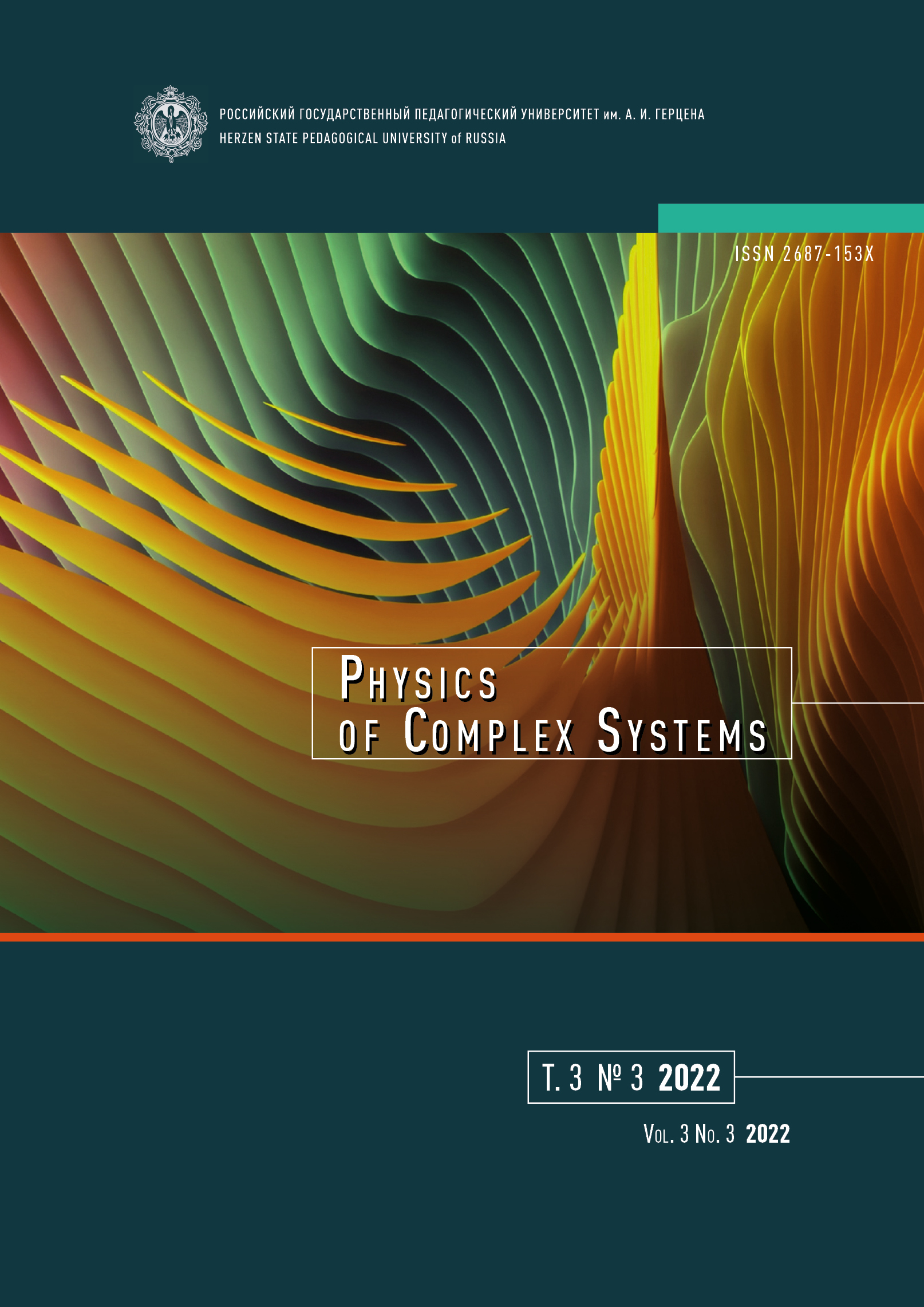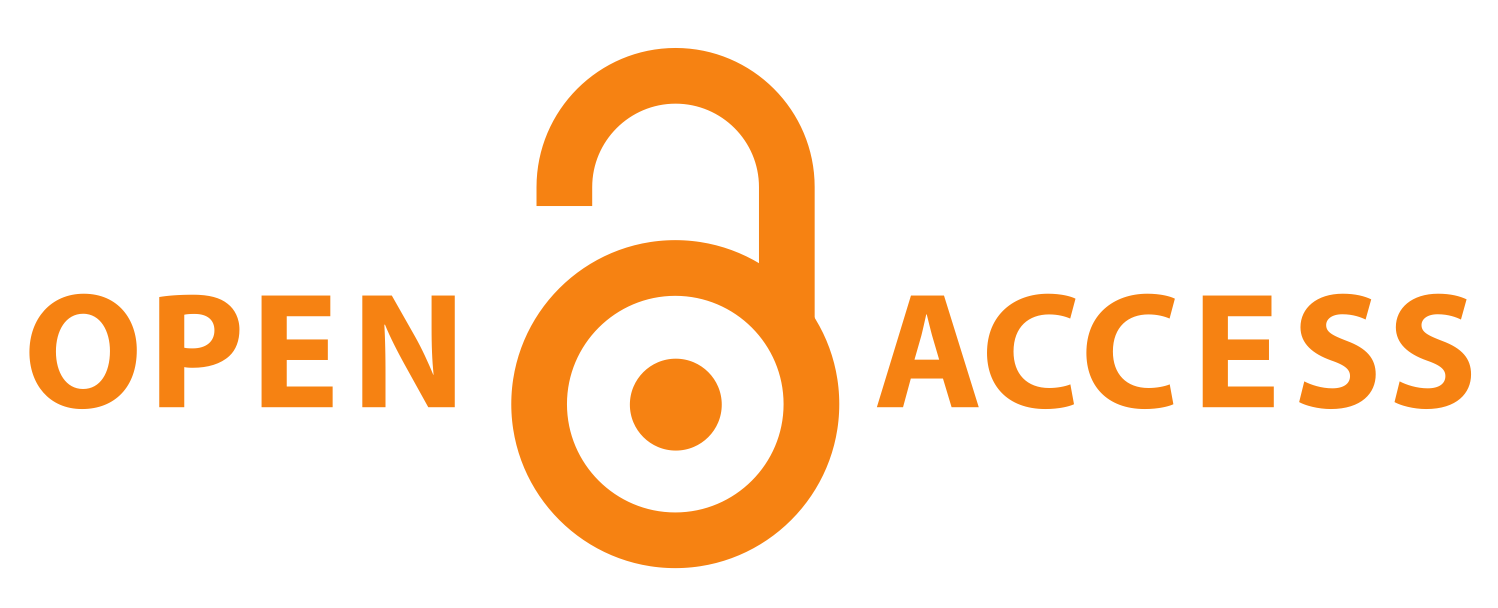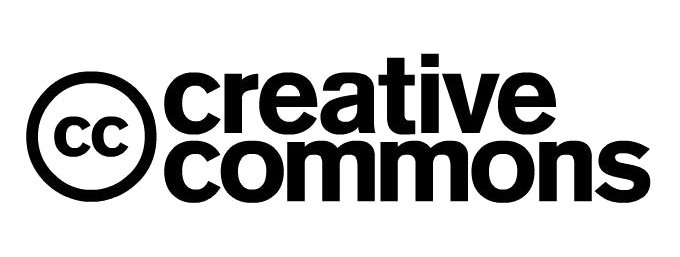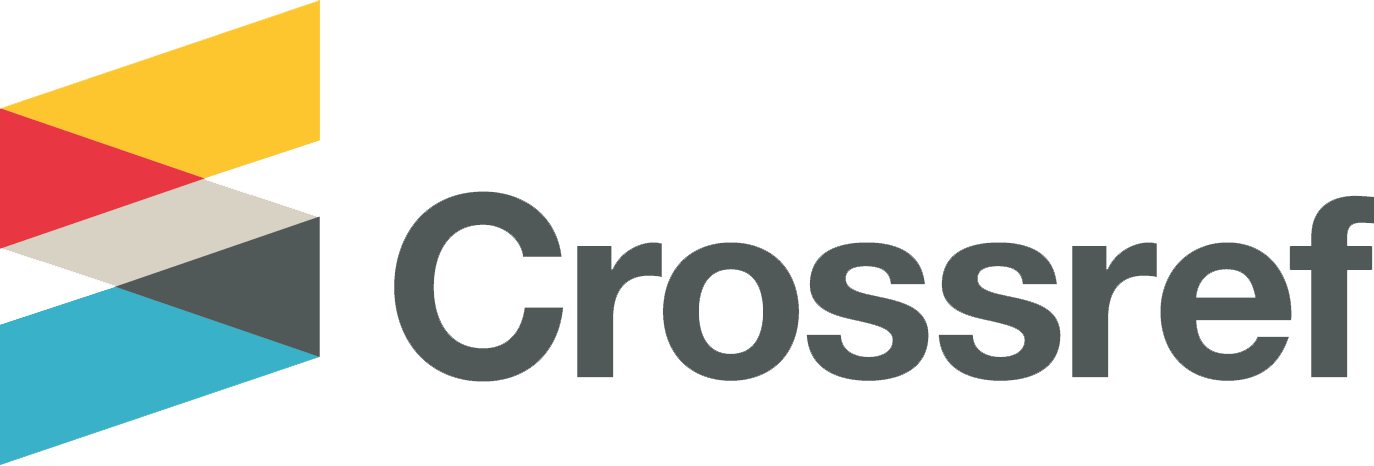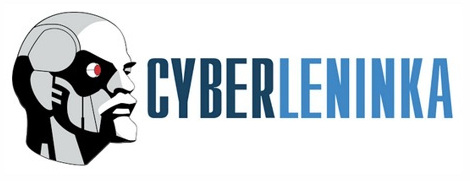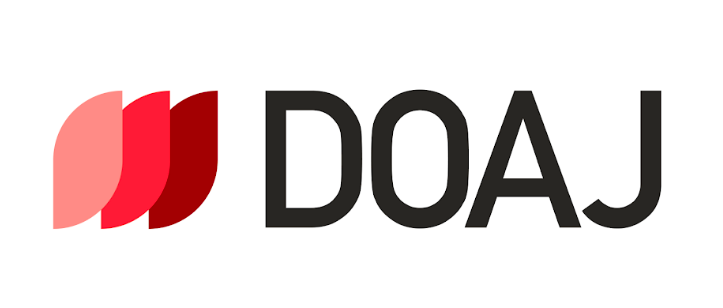The forces outside the static limit in the rotating frame
DOI:
https://doi.org/10.33910/2687-153X-2022-3-3-117-121Keywords:
rotating frame, static limit, inertial force, geodesic, Minkowski spacetimeAbstract
This paper focuses on the rotating frame of the Minkowski spacetime to describe the inertial forces outside the static limit. We consider the inertial forces inside the static limit to find the classical analogue. Then, we find out the expressions for these forces outside the static limit where we cannot consider the limit c/ν→0. We show that, generaly, if the angular velocity of the object Ω is equal to the angular momentum ω, then the acceleration is equal to zero. When ω ≠ Ω, we show that ω − Ω is a decreasing function of r.
References
Grib, A. A., Pavlov, Y. V. (2011) Particles with negative energies in black holes. International Journal of Modern Physics D, 20 (05), 675–684. https://doi.org/10.1142/S0218271811019013 (In English)
Grib, A. A., Pavlov, Y. V., Vertogradov, V. D. (2014) Geodesics with negative energy in the ergosphere of rotating black holes. Modern Physics Letters A, 29 (20), article 1450110. https://doi.org/10.1142/S0217732314501107 (In English)
Grib, A. A., Pavlov, Yu. V. (2019) Static limit and Penrose effect in rotating reference frames. Theoretical and Mathematical Physics, 200 (2), 1117–1125. https://doi.org/10.1134/S004057791908004X (In English)
Landau, L. D., Lifshitz, E. M. (1980) Course of theoretical physics series. Vol. 2. The classical theory of fields. 4th ed. Oxford: Butterworth-Heinemann Publ., 444 p. (In English)
Vertogradov, V. D. (2015) Geodesics for particles with negative energy in Kerr’s metric. Gravitation and Cosmology, 21 (2), 171–174. https://doi.org/10.1134/S0202289315020115 (In English)
Downloads
Published
Issue
Section
License
Copyright (c) 2022 Andrey A. Grib, Vitalii D. Vertogradov, Ivan E. Fedorov

This work is licensed under a Creative Commons Attribution-NonCommercial 4.0 International License.
The work is provided under the terms of the Public Offer and of Creative Commons public license Creative Commons Attribution 4.0 International (CC BY 4.0).
This license permits an unlimited number of users to copy and redistribute the material in any medium or format, and to remix, transform, and build upon the material for any purpose, including commercial use.
This license retains copyright for the authors but allows others to freely distribute, use, and adapt the work, on the mandatory condition that appropriate credit is given. Users must provide a correct link to the original publication in our journal, cite the authors' names, and indicate if any changes were made.
Copyright remains with the authors. The CC BY 4.0 license does not transfer rights to third parties but rather grants users prior permission for use, provided the attribution condition is met. Any use of the work will be governed by the terms of this license.
